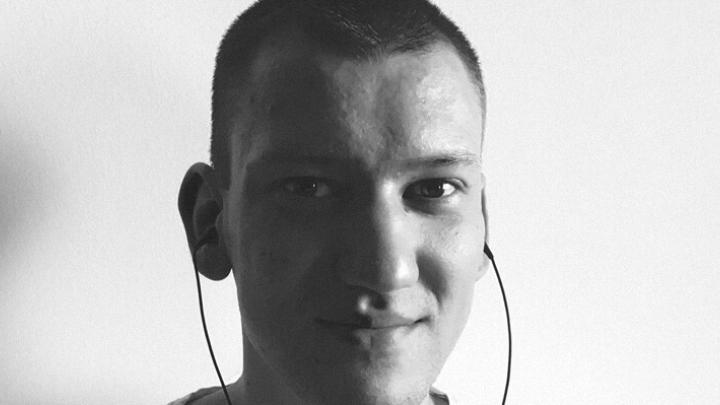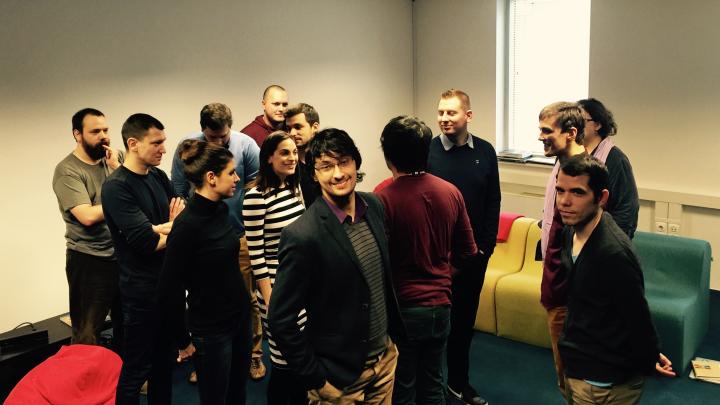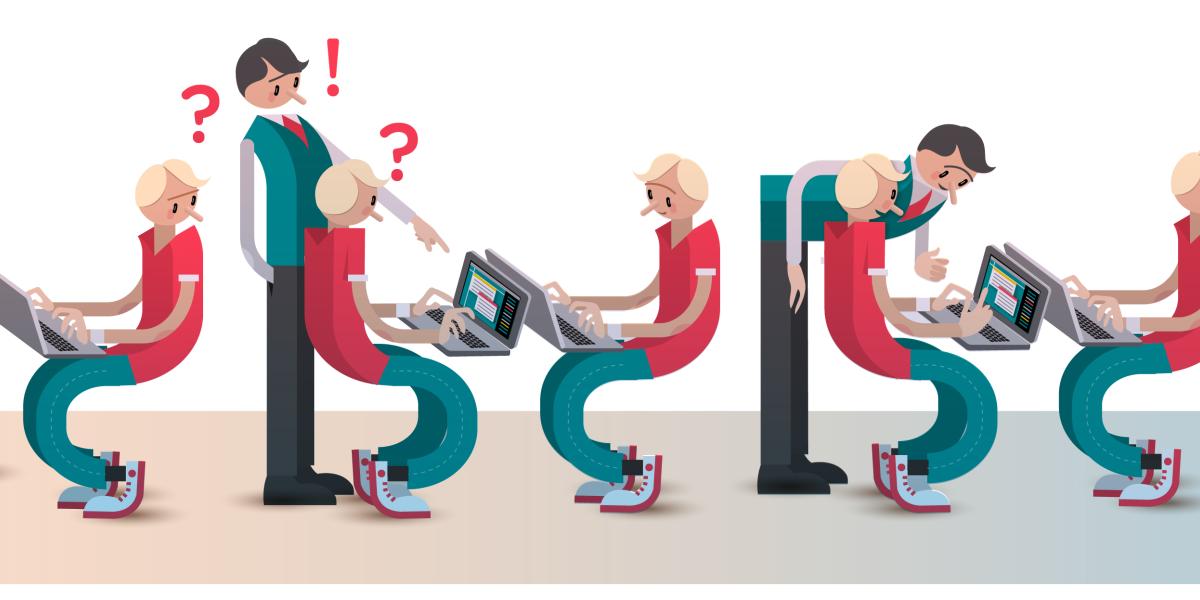
I will start to consider already on our first meeting how our partnership is going to proceed. Are we the best choice for you? Are we the ones who will deliver the best solution for your problems? How will this cooperation affect our team's life? How do we fit together?
We deal with unique software solutions, and we solve problems for which you can't buy a solution in a box. There are several answers to a concept. Designing and developing an application can last several months, and maintenance for years. For this period, we engage our time and energy with our customers. It matters in which grade we can settle down our cooperation.
Each partnership works; differently every project has its way, so there is no best practice for successful cooperation. We've been working together for long months with dozens of clients on different web-applications, and I experienced again and again that each project bears all participant's emotions, values, and mentality.
The best work experience and result can be achieved when we trust each other. Below I will show four different stages of trust and cooperation models:
1 - The outsider
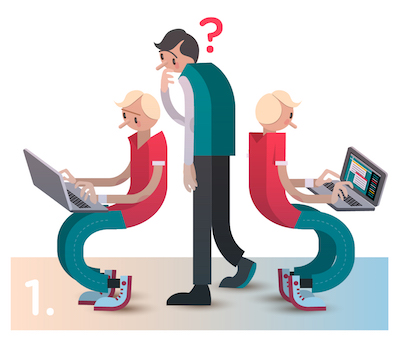
It is a great moment when you realize that you need an IT solution to implement an idea. It can be challenging to find the proper developer team, as you have to decide in a situation where you have no previous experience. How do you choose the company that should execute your idea?
Lack of competence can be solved by training or involving experts.
It is worth to find professionals who have been involved in product development before, and know which aspects should be considered when choosing the appropriate team and supporting the process.
I pay attention to working out a common language, so we have an in-depth understanding of your needs and liaise with the upcoming suggestions. I am going to encourage you to give feedback, tell us if you are not confident or do not agree with something. This way, we can continuously move our standpoints closer to each other.
2 - The self-confident
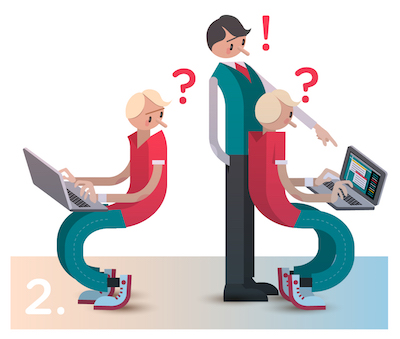
You have a ready concept, and you are fully aware of what has to be done. You are looking for a developer team, and your goal is to get the perception performed.
It is worth paying attention to how you express your needs. The more abstract needs you frame, the better for us. We are interested in who your target audience is, and what value you would like to deliver to these people.
If your main focus is on the screenshots and the specific functions, it can happen that you will not make any use of the supplier's creativity.
I have experienced that during the development phase, the recognitions on demo sessions often redesign the priorities and open the doors to better solutions. The deeper you understand why a particular function/content is suitable for your target audience, and the more you involve the developer team in planning, the better outcome you will get.
I will make sure that you have a chance to inform the team about your concept and allow rethinking the details.
3 - The partner
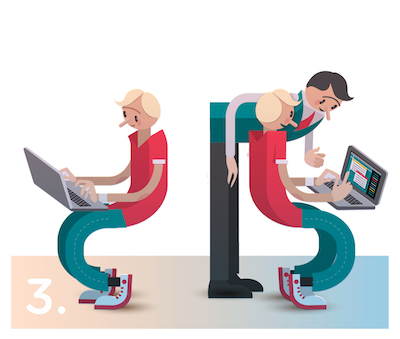
You are aware of your goals and limits. You precisely know that you are turning to us to utilize the team's competences. For you, the developer is not just a programmer who performs your instructions. Your need is to cooperate to fulfill the goals and finalize the development concept.
It will be a pleasure to work together with you. During the work, everyone can add expertise. As a team, we pay attention to the end-users and work together to deliver the best product for the target audience.
It happened several times in the past years that we informed the "outsider" mentioned in the first point about the agile progress, and he decided to involve an independent advisor to help to establish a partnership.
In each case, consciousness helped to build trust.
4 - The value creator
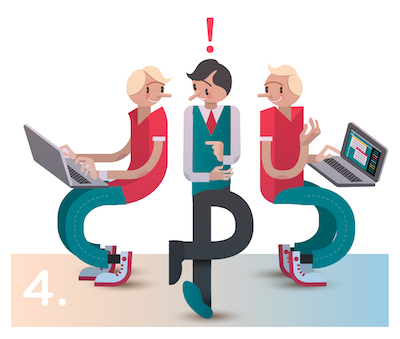
It turned out that you are concerned about creating some value that is important for us as well. There couldn't be an ideal basis for establishing harmony and keeping up motivation. We've experienced the pleasure of working together with others on a project. It is what motivates developers in open source communities.
In the case of a new project, we usually send out related information within the company and ask the colleagues to give feedback if they are interested in the topic. As far as possible, we only undertake projects if there are enough interested developers.
Last year we tried to play a game where everyone could decide on which project they would like to work on in the next quarter. I allowed putting the individual preferences in focus when creating the project team.
We draw a motivation map with Gergő. Who are the persons on the customer's side? Why will they be happy when this project comes true? Who participates from Integral Vision? Why is it good for us to be part of this project? What do the individuals need to deliver excellent results?
The quality of connection
It is essential for us that product owners work on projects relevant to them. We have a picture of people's interest, how they can connect and evolve, and we also try to take notice of those people (developers, designers, and customers) who work as a team on a project, correspond with each other.
Despite all our efforts, there may be tension, communicational difficulties, which we bring up and discuss in retros. Likewise, agile working, we also use NVC, personal coaching, and take advantage of the confidential atmosphere where it is allowed to make mistakes. There is always someone who is helping with the correction.
Reference
- Dave Logan, John King, and Halee Fisher-Wright: Tribal Leadership
They introduce a five-step model, which is in harmony with Ken Wilber's development stages. I have closed up the first two stages in the above article and extended it to the customer partnership. Read more: Tribal Leadership: The five stages - Martin Seligman: Flourish
An excellent book about well-being. - Howard Gardner, Mihály Csíkszentmihályi: Good Work
About value-driven working. About the 4th type of cooperation.
Share with your friends!
